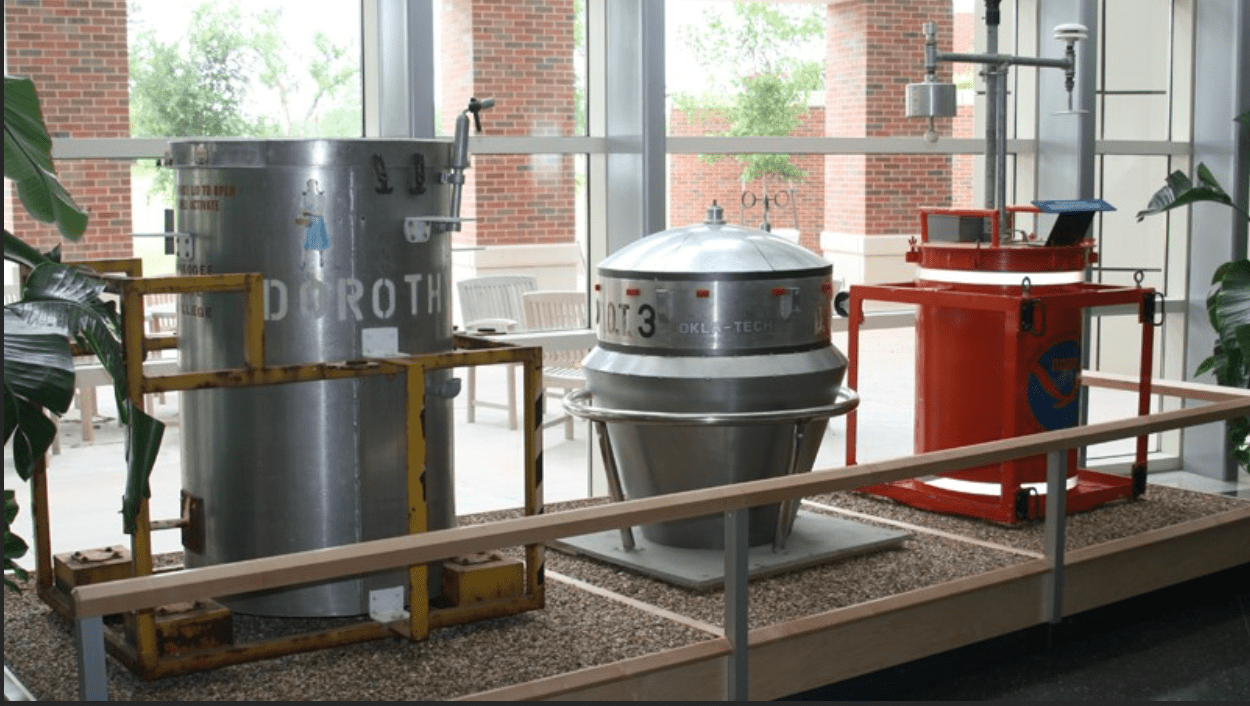Emilie Lorditch is a science public relations manager for University Communications at Michigan State University. In her free time, she is a script analyst and science consultant for screenwriters and has read over 700 scripts for film festivals and screenwriting fellowships.
When the movie “Twister” was released in 1996, I was a meteorology major at another Big Ten university known for its world-renown meteorological expertise. After the credits rolled, I was inspired to learn more about the science in the movie and found “The Science of Twister” book written by former San Francisco Chronicle journalist Keay Davidson. This was the first time I had ever heard of the job of a science consultant as part of the film crew.
As someone who is passionate about science and movies, I was convinced this was the job for me. Unfortunately, I wouldn’t have the chance to experience what it was like to be a science consultant until 2009 when I was selected as a fellow for the American Film Institute’s Catalyst program. This was a three-day crash course in the craft and business of screenwriting from experts in screenwriting, like the late Syd Field. This program changed the way I approached science storytelling forever.
Now that I was part of the AFI “family,” I was included on a list of science advisors available for AFI students who were writing stories about science and technology and challenging existing stereotypes about people working in STEM for the Alfred P. Sloan Foundation.
Working directly with screenwriters challenged me as a science communicator. It opened my eyes to the possibilities and opportunities for using fictional entertainment as a vehicle to informally communicate factual science. I began looking for ways to use my expertise and relationships in science writing and learn new skills like screenwriting and analyzing scripts to make myself a better science consultant.

In 2009, The National Press Foundation offered an “Understanding Violent Weather” fellowship for journalists, and I had the chance to spend 3 days in Norman, Oklahoma, at the National Oceanic and Atmospheric Administration’s National Severe Storms Laboratory. I not only got to learn about tornadoes from the top experts studying them in the country, but I also had the chance to see props such as the Dorothy instrument used in the movie, “Twister” and talk with Harold Brooks who was a science consultant on the film.
Fast forward to earlier this year when I heard through the Hollywood grapevine that a sequel to “Twister” was in the works. I was able to use my relationships to find out who from the NOAA NSSL served as science consultants on the new film and learn about their experience working on a major motion picture.
Here are some science Easter eggs to look out for while watching the new “Twisters” film.
- Kevin Kelleher said how impressed he was by the research Daisy Edgar-Jones had done before she met with the scientists and that Glen Powell also took his role as a scientist seriously and was an excellent student during their tornado science and safety boot camp.
- The radar images used in the film are based on real radar from actual severe storms that resulted in tornadoes.
- Sean Waugh built the trucks used in the film used to chase storms based on the mobile weather stations he uses to track storms.
- Rick Smith’s daughter drew a picture of a tornado “family” when she was little that hangs in Rick’s office cubicle. The set design artists loved the image and I’m hoping they recreated it, and you catch a glimpse of it in one of the scenes.
The thing that I love the most about interviewing people who work behind the scenes in movies is that they will never have name recognition the way an actor does and so, my private way to “celebrate” them is to stick around and look for their names as the credits roll. So, if you can spare a few minutes after the movie, see if you can spot the science consultants: Richard “Rick” Smith, Sean Waugh, Kevin Kelleher and Harold Brooks.
